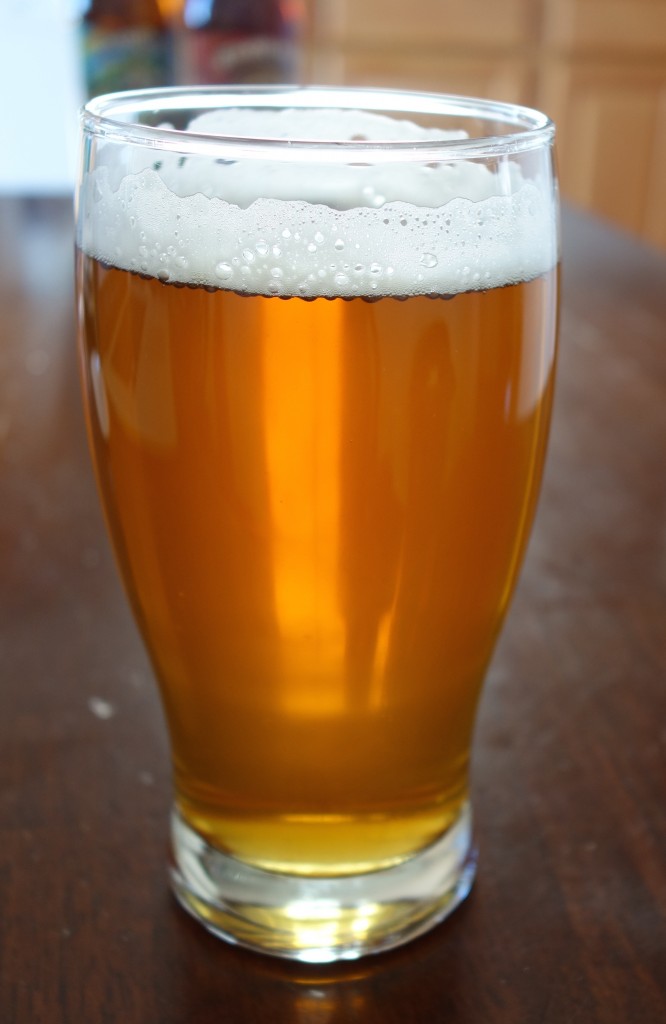Soft Water: Why the top three American breweries brew Pilsner-style beers
The following blog was submitted by Karen Drake, a PhD student in SPIA, as part of the requirements for GRAD 5414 Water for Health Seminar Interdisciplinary Seminar. This course examines emerging interdisciplinary issues related to the chemistry, microbiology, engineering and health aspects of drinking water.
Have you ever wondered why the top three American breweries based on volume sales – Anheuser-Busch, Inc., MillerCoors, and Pabst Brewing- became famous for their Pilsner style beers? Would you believe it is because of the soft water found in the Czech town of Pilsen in 1842? To fully understand this comment, a brief overview of the history of beer is needed along with the knowledge that beer is 90% water.
Beer is one of the world’s oldest beverages, dating back 9,000 years ago to Neolithic times. Around 3,000-2,000 BC, Ancient Egyptians would offer beer and cakes to their deities while Babylonian laws regulated production and sales of beer. Beer made in ancient time was unfiltered and thus would often be drunk through straws. The use of hops in brewing started around the 8th century AD in Bavaria or Gaul.
Fast forward to Renaissance Europe when brewing centers arose across Europe and became famous for brewing specific styles of beer: stouts from Dublin, Ireland; brown ales from Newcastle upon Tyne, England; wheat beers from Brussels, Belgium; and pale lagers in Amsterdam, Netherlands. Trial and error resulted in a beer style being brewed successfully in one area due in part to the quality of the local water. Brewers who tried to replicate beer styles elsewhere were often disappointed.
In Germany, the Duke of Bavaria specified three ingredients were to be used when brewing beer- water, malt and hops. This Reinheitsgebot, or German Beer Purity law, was established to prevent brewers and bakers from competing over wheat and rye so bread could be affordable.
This law, the discovery in Bavaria of yeast for lager brewing, and the hard water found in Munich all contributed to Munich becoming known for its Bavarian lager style beer.

Munich’s beer brewing techniques were a closely guarded secret until the early 1840’s when a Czech monk smuggled the yeast out of Munich to Pilsen in the Czech Republic. Due to the soft water available in Pilsen, a lighter clear golden beer was produced and Pilsner style beer was born. Shortly thereafter, John Wagner immigrated to Philadelphia, Pennsylvania, and started brewing pilsner style beers in the United States.
The modern era of brewing in the United States was revolutionized in the late 1800’s with the advent of commercial refrigeration, automatic bottling, pasteurization and railroad distribution, plus the founding of today’s major breweries: Anheuser-Busch, Inc., MillerCoors, and Pabst Brewing.
Fast forward to today, where the craft beer movement is changing the United States market. While there is still some trial and error in creating new beer flavors, the brewing process has become a carefully monitored scientific process. Water is still the primary ingredient in the brewing process and is used in every brewing step, from being mixed into the mash to being used to sterilize a brewing vat.
As new microbreweries are constructed, proximity to customers, plus rail and truck shipping costs are major factors for consideration when researching potential locations. However, the brewers’ primary concern is still how will the local water supply source and the composition of the local water affect the beer quality? How must the incoming water supply be treated to consistently produce quality beer? And how will the brewery water discharge affect the local community?
With rising water costs, water shortages in some regions, and a sense of environmental stewardship, new water recycling techniques are being developed by breweries. Will a future brewery one day have zero water discharge because all water is reclaimed and reused somewhere in the brewing process? And will this affect the beer style?


